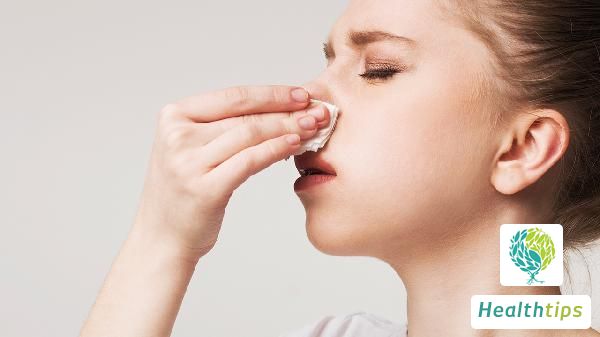Can Someone with Lumbar Muscle Strain Engage in Sexual Activity?
Lumbar muscle strain allows for a normal life, but active care and scientific improvement methods are necessary to alleviate symptoms and prevent recurrence. Common relief measures include moderate rest, appropriate exercise, and correct working posture. In severe cases, medication and physiotherapy can be used in conjunction with other treatments.

Lumbar muscle strain is a chronic condition caused by long-term excessive stretching or strain on the lumbar muscles and soft tissues. Common causes include:
Posture issues: Maintaining poor sitting or standing posture for extended periods, such as constantly bending over or sitting for long hours, leading to lumbar muscle tension.
Overexertion: Frequent physical labor and repetitive bending movements can burden the lumbar region.
Lack of exercise: Weak lumbar and back muscles cannot provide adequate support for the spine, increasing the risk of developing lumbar muscle strain. Patients typically experience lumbar soreness and stiffness, with symptoms alleviating after activity but worsening after prolonged exertion or in cold weather. If symptoms persist or worsen, medical attention should be sought promptly.
Posture Adjustment in Work and Life:
When sitting in an office, use a chair with lumbar support to keep the back straight or slightly reclined.
If standing for long periods is necessary, slightly elevate one foot to reduce lumbar pressure and avoid prolonged bending.
Moderate Rest and Physiotherapy:
During the acute phase, reduce lumbar pressure by resting in bed but avoid prolonged bed rest.
Hot packs can help alleviate pain, or physiotherapy devices such as infrared therapy instruments can be used.
Massage can relieve muscle tension, preferably done by professionals.
Appropriate Exercise to Strengthen Muscle Strength:
Practicing plank exercises can enhance core strength, which is helpful in relieving lumbar pressure.
Swimming or yoga can relax lumbar and back muscles and enhance flexibility.
Avoid vigorous exercise or high-intensity weightlifting training.
Medication: Non-steroidal anti-inflammatory drugs like ibuprofen can be used under medical guidance to relieve pain and inflammation.
Acupuncture Therapy: Traditional Chinese acupuncture can help relieve lumbar muscle spasms and improve local blood circulation.
Surgical Treatment: For a very small number of severe cases accompanied by herniated discs or nerve compression, minimally invasive radiofrequency ablation can be considered.
Lumbar muscle strain can be managed and improved, with the key lying in adopting a scientific lifestyle and correct treatment methods. If symptoms persist or worsen, medical attention should be sought promptly to avoid deterioration affecting quality of life.



















